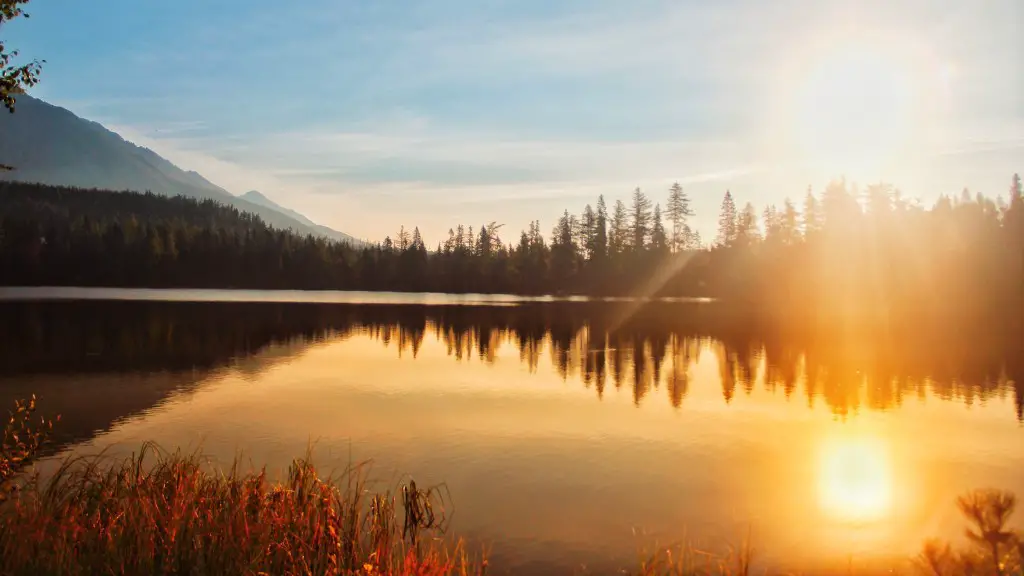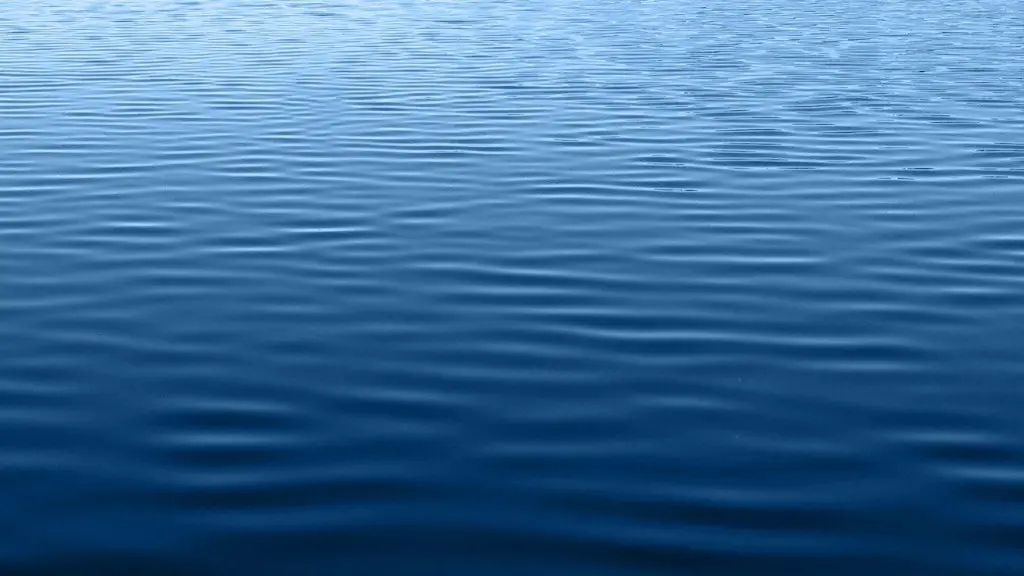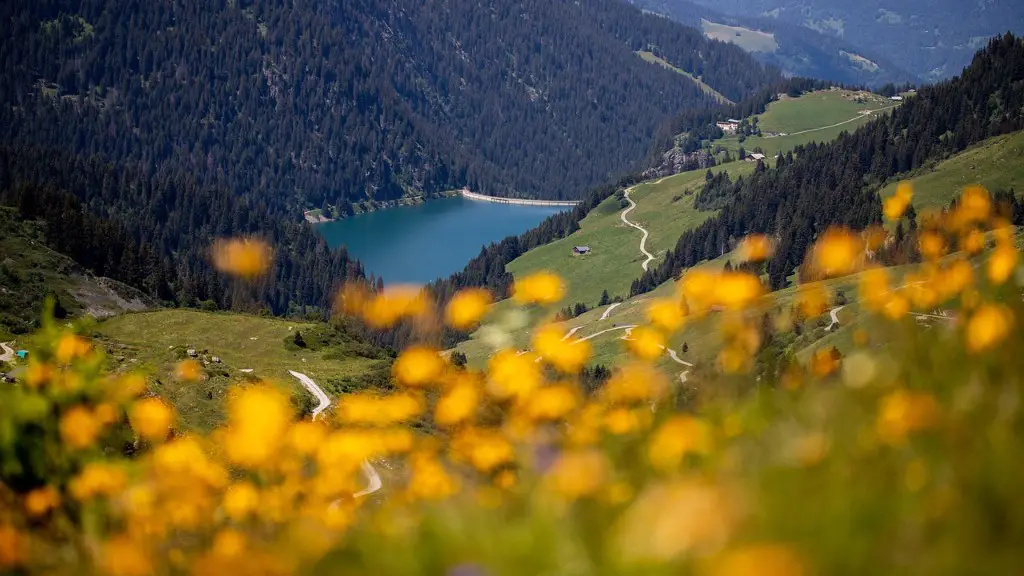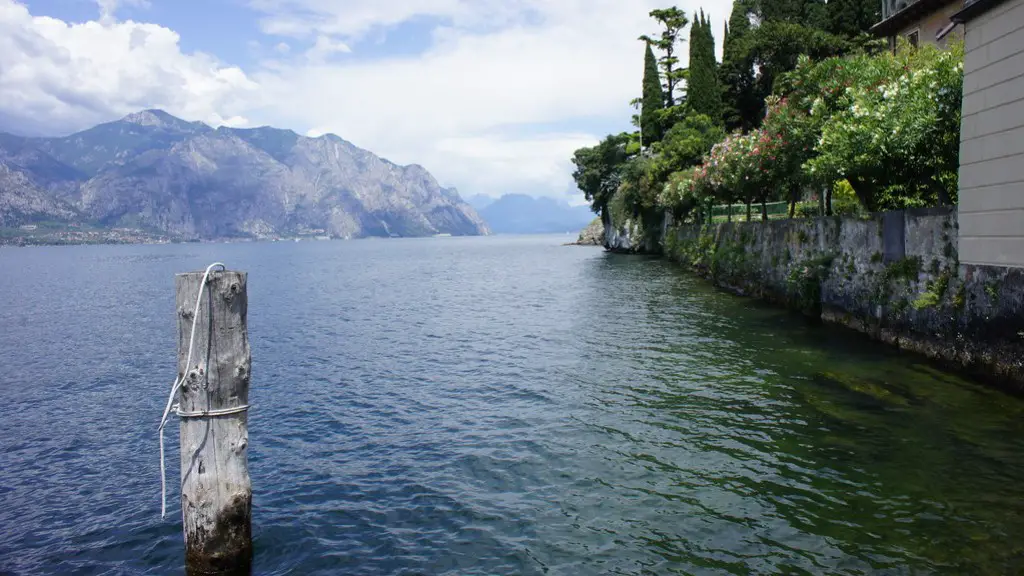The Ice Age Origin Story
Lake Superior is one of the Great Lakes of North America and is the largest freshwater lake in the world; it is estimated to be 31,700 miles square in area. Although it may come as no surprise, this body of water was not always here. It is believed to have been formed thousands of years ago during the last Glacial Period, or Ice Age. In fact, many of the other Great Lakes of North America —Michigan, Huron, Erie, and Ontario—were also formed in this way.
It is estimated that close to 20,000 years ago, the Laurentide Ice Sheet covered over two-thirds of North America and Canada, advancing southward about as far as Wisconsin and Michigan. This immense sheet of ice eventually began to thaw and recede, with the weight of the ice pushing continental rocks downwards and scooping out depressions in the land. Eventually, these depressions were filled with water and the Great Lakes were formed.
How the Ice Sheet Deposited Rocks and Sand
The great expanse of Lake Superior was greatly shaped by the retreat of the Laurentide Ice Sheet. By pressing downwards and carving out land, the ice sheet created great depressions in the land as it melted. The rocks and sands it left behind created the beds of the future lakes. The melted water of the ice sheet poured into these depressions, filling them up and creating the Great Lakes.
The Ice Sheet’s influence on the landscape is still visible today. The area around Lake Superior is dotted with many islands and islands of sand known as eskers, the terminal moraines of the Ice Sheet. It is believed that these were deposited by the Laurentide glacier and were the products of ice erosion and deposition during the recession of the Ice Sheet.
Expert Analysis and Opinion on the Formation Process
Expert opinions vary on how long ago the Great Lakes were formed. Some experts believe that the Great Lakes were formed about 10,000 years ago whereas others estimate as few 15,000 years. Additionally, scientists are divided on how long the process took and how great the Ice Sheet was. Some estimate that the formation of the Great Lakes may have taken up to 10,000 years and that the Ice Sheet, at its largest, could have been as much as 3,000 feet thick.
Dr. Jeffrey Ryder, Professor of Geography at the University of Michigan and Research Fellow at the Institute of Great Lakes Research, is a leading expert on Lake Superior’s formation. According to Dr. Ryder, the most accepted origin and formation period of Lake Superior is that it was formed by the retreating glaciers of the Wisconsin Glacier about 10,000 to 15,000 years ago.
The Impact of the Glacial Erosion
Though the formation of Lake Superior was a long, gradual process, glaciers had a significant impact on the lake. In particular, the melting of the glaciers created deep depressions in the landscape and helped shape the landscape in the region. These deep depressions, combined with the sediment left behind by the melting of the glaciers, created the lake we know and love today.
Furthermore, the water released by the melting of the glaciers was a driving force behind the development of the lake. This created a series of connected lakes, rivers, and streams which now interconnect the Great Lakes and form the current shore line.
The Effects of Climate Change on Lake Superior Today
Climate change has had a profound effect on Lake Superior in recent years. The high temperatures associated with climate change have caused the lake’s water levels to rise. As the temperature rises, more water evaporates from Lake Superior and causes the ice to melt faster, leading to additional water in the lake.
In addition, warmer temperatures have caused the ice to take longer to freeze in the winter, dropping the amount of icy cover. The decreased ice cover allows more sunlight to penetrate the lake, spurring plant and animal growth and development, as well as creating an ideal environment for algae to bloom and take hold.
The Impact of Pollution on Lake Superior
It is not only climate change that is having an effect on Lake Superior today. A major issue that the Great Lakes are facing is water pollution. There are numerous sources of pollution; including runoff from urban and agricultural land, septic systems, airborne pollutants, industrial waste, sewage, and chemicals.
All of these sources of pollution enter the lake and contribute to an increase in the amount of nutrients, which in turn leads to increased algae growth—sometimes causing massive algal blooms. This process, known as eutrophication, can lead to the depletion of oxygen in the water, resulting in reduced fish populations, as well as health risks for humans who swim or fish in the lake.
Ways to Protect the Lake from Pollution
Fortunately, there are ways to protect Lake Superior from further pollution. First and foremost, there must be increased awareness about the devastating impact that pollution can have on the lake. People must also be educated about how their actions can contribute to water pollution, such as properly disposing of household waste and not pouring hazardous materials down drains.
In addition, people should also take steps to reduce their carbon emissions, as this is a major contributor to climate change. Similarly, people should strive to reduce their water consumption and make sure that their cars and other vehicles are running properly, as leaking oil and gasoline can also contribute to water pollution.
The Ecological Benefits of Preserving Lake Superior
Protecting Lake Superior is not only important for the sake of human health and safety, it is also essential for preserving the ecosystem of the lake. The Great Lakes form an interconnected biological system, the largest body of freshwater on the planet, and ultimately, a home for many species of wildlife.
Protecting Lake Superior can help ensure that these species of wildlife can continue to thrive, providing many ecological benefits. For example, fish populations can increase, providing a food source for local avian species, which can in turn benefit the populations of birds in the area.
Recreational Opportunities
Preserving Lake Superior is not only beneficial to the environment; it can help to create recreational opportunities for people living in the Great Lakes region. People can enjoy fishing and boating in the lake, or visiting its many landmarks, such as Lake Superior Provincial Park and the Apostle Islands National Lakeshore. In addition, the lake serves as a key source of drinking water for many people in the area.
Finally, preserving Lake Superior can help to create a sense of pride for the people living in the area. After all, the lake is a stunning natural marvel and a source of great beauty and majesty. By preserving Lake Superior, people can take pride in one of the most magnificent bodies of water in the world, while also taking steps to ensure its longevity for future generations.
Economic Factors Related to Protecting the Lake
In addition to its ecological and recreational benefits, preserving Lake Superior can also have economic benefits. The lake serves as an important source of tourism, which is an important part of the economy in the Great Lakes region. Maintaining the health of Lake Superior can help to ensure that people continue to flock to the area, bringing money into local businesses.
In addition, protecting Lake Superior can help to safeguard jobs related to tourism. Many people in the area rely on jobs related to the lake, such as fishing and boating guides, restaurant and hotel employees, or those employed in the tourism industry. Furthermore, preserving the lake can help to secure the future of those living in the area who rely on it for their livelihood.
The Impact of Efforts to Conserve Lake Superior
Fortunately, many efforts have been taken to conserve Lake Superior and its surrounding ecosystems. Numerous initiatives have been implemented to reduce pollution and restore lost habitats, such as the Great Lakes Restoration Initiative or the Lake Superior Binational Forum. There are also other efforts, such as the Great Lakes Protection Act, which protects and helps to restore Lake Superior’s aquatic ecosystems.
In addition, efforts to restore the lake’s once-thriving fish population have been taken, such as the stocking of varieties of fish native to the lake. There are also efforts to reduce runoff and pollutants, as well as to restore coastal wetlands, which have been lost to development and pollution.
Organizations Dedicated to Protecting Lake Superior
Organizations dedicated to protecting Lake Superior continue to play a major role in conserving the lake and its surrounding ecosystems. These organizations include the Lake Superior Partnership, the Great Lakes Commission, and the Lake Superior Cooperative Weed Management Area. All of these organizations are committed to the protection of Lake Superior and its unique ecosystems.
These organizations are supported by individuals and groups who are passionate about preserving Lake Superior, as well as by local businesses and governments. Together, all of these forces are striving to protect the lake from pollution and to ensure its longevity for generations to come.



